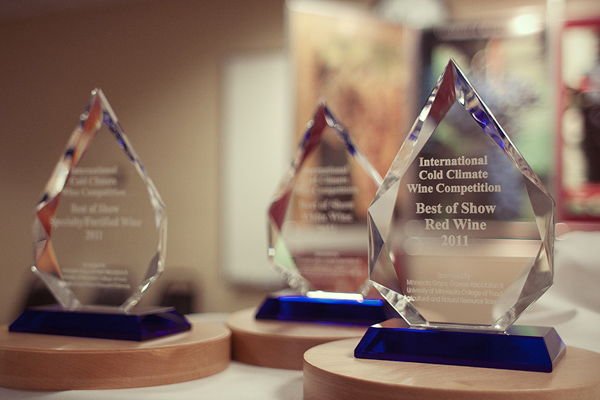
If there’s anything tougher than trying to find a retail store with a good selection of local wines, it’s determining which ones are any good. The grape names sound familiar, but they don’t mean anything to the average drinker. It would be great if the cold-climate wine industry could develop a style spectrum –- some kind of standard notation on the back label to give people a better point of reference.
Until then, a great showcase for the best in cold-climate wines is the International Cold Climate Wine Competition. Being invited to judge this year’s slate of wines proved a terrific barometer on the how these new grapes are progressing all over the country. The 3rd annual ICCWC drew 250 entries from 12 states, and was judged by a terrific group of enologists, chefs, wine sellers, and writers. The state of Vermont put on a particularly good showing, taking top red and white at the competition.
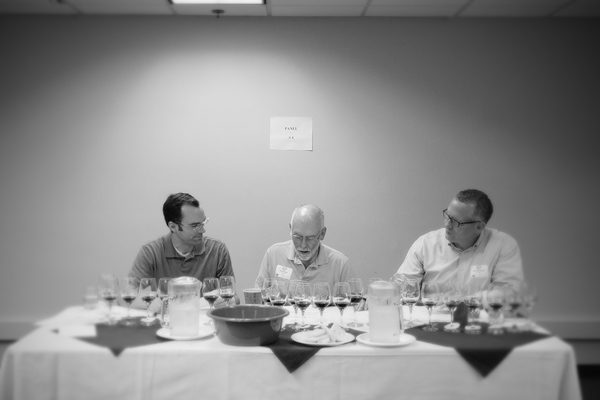
But Minnesota wineries (and grapes) held their own with some wonderful wines. Based on the results of the competition and other tastings throughout the year, here’s a quick buyer’s guide to keep in mind for selecting a local wine.
Grapes to drink: Frontenac Gris, La Crescent, Marquette
These three grapes, along with Frontenac, were originally bred at the University of Minnesota, and they seem to be the base for a majority of the best cold-climate wines. Numerous Minnesota wineries came in with great efforts using Frontenac Gris (four received a Gold). It’s an approachable, fruity, easy-to-enjoy white wine that, along with La Crescent, should be among your first introductions to cold-climate wine. It’s lighter to medium bodied, with tons of citrus and peach flavors, and is often finished off-dry to semi-sweet.
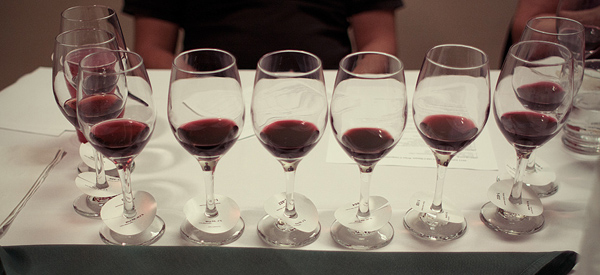
Across the board, it seems the best cold-climate red wines are being made from Marquette. The genetic grandson of Pinot Noir, Marquette’s best examples are berry-forward with soft, rounded tannins. Be sure to seek out some of this year’s medal-winning Marquettes and pair them with pork or anything red-sauced. Frontenac, though pretty good as a regular red wine, seems to perform better in rosé or fortified applications.
Grapes to avoid: Edelweiss, St. Croix
I mention Edelweiss here as an example of a grape affected by the distinct musk that comes from a portion of Vitis Labrusca grapes in its breeding. These Native American grapes make terrific preserves (Concord is the most famous one), but that “foxy” taste they impart to wines is not to the liking of many drinkers. It’s especially unfortunate for a grape like Edelweiss that, when done right, makes a beautifully mild and delicate wine. Check out the very tasty Sogn Blanc from Cannon River Winery to see whether you mind that taste.
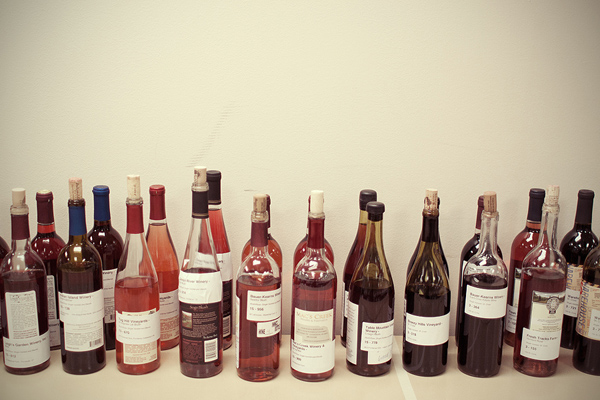
A full flight of wines from the St. Croix grape confirmed that it’s just not one the cold-climate novice should seek out. It’s tough to get a bearing on. At its best it can show a stunning depth of black fruit and spice. Most of the time, however, it comes off as unbalanced and awkwardly oaky. Remember, the local wine industry is only about 20 functional years old. Wineries just haven’t had enough vintages of this grape to get it consistently right. Northern Vineyards in Stillwater makes a good St. Croix, but it’s among the exceptions that prove the rule.
Four local ICCWC standouts you should seek out: [View all the 2011 ICCWC medal winners]
Wollersheim Winery Prairie Blush, Prairie du Sac, WI
This Double Gold winner is outright delicious –- gobs of soft red berries with nuanced floral and citrus notes. It’s a pretty salmon-colored rosé from the Marechal Foch grape that would be perfect with grilled sausages. [list of retailers in Wisconsin and Illinois only]
Indian Island Winery Frontenac Rosé, Janesville, MN
Indian Island is turning out some of the best red wines in the state. Their Marquette bears an uncanny resemblance to a young Bordeaux, and they have another winner on their hands with their Frontenac Rosé. Winner of the 2011 Minnesota Governor’s Cup for the best Minnesota wine, it’s fruity, balanced, and very refreshing –- a perfect wine for the sultry dog days of summer.
Millner Heritage Vineyard & Winery, ‘Salier’, Kimball, MN
This wine is a smooth yet vibrant wine with lots of melon flavors building to a pleasantly sweet finish. It was considered among the best in a strong field of Minnesota Frontenac Gris. Also very much worth a shot is their Gold-winning Marechal Foch, “Neuhaus.” [list of retailers]
Parley Lake Winery Frontenac Gris, Waconia, MN
I really appreciate the way Steve Zeller is making wines at Parley Lake. Above all, he goes for food-friendliness. Sometimes that means a wine too acidic to drink by itself. Other times, the result is a spectacular sip like the 2010 Frontenac Gris. Just off-dry with a mix of delightful tree-fruit flavors, it’d be great with a rotisserie chicken. [list of retailers]
And one retailer of note: It’s no surprise that retailers aren’t going to give up a ton of shelf space to wines no one’s ever heard of. A fine exception is Wine Time in Roseville. It’s an extension of a Love From Minnesota store, specializing in Minnesota and Wisconsin wines with many of the major wineries represented. Print off the medal winner sheet above, and go hunt for some of the Golds.
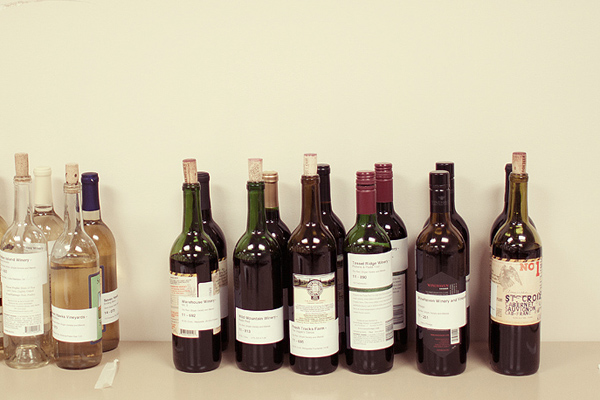

Comments are closed.